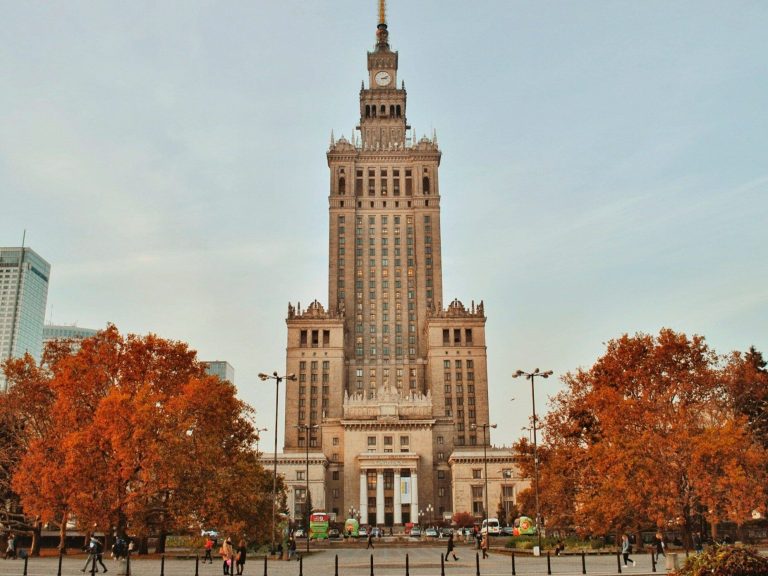Polish smog is unique. Expert: It is different from London or California smog

Polish smog – due to the weather conditions in which it is created, but also due to its composition – is different than the London smog known from literature – says Prof. in an interview with PAP. Grzegorz Wielgosiński from PŁ. In his opinion, the term “Polish smog” should function as a term for a separate type of smog.
Scientific literature traditionally distinguishes two types of smog, which differ in composition and in the conditions under which they arise. These are London smog and Los Angeles-type smog (also known as California smog).
Dr. Hab., who deals with air protection engineering. However, Grzegorz Wielgosiński, professor from the Faculty of Process Engineering and Environmental Protection of the Lodz University of Technology, believes that the smog we most often encounter in Poland does not fit any of these descriptions. In his opinion, it is a different type of smog, which is why the researcher proposes a separate term in his scientific publications: “Polish smog”.
What are the characteristics of “Polish smog”?
The smog we have been struggling with in Poland in recent weeks is certainly not Californian smog (photochemical smog) – which is characteristic of warm months and temperatures above 30 degrees C. Such Californian smog includes nitrogen oxides, hydrocarbons, and especially ozone. , and the source is primarily cars.
According to prof. Wielgosiński and the smog we inhale in Poland in winter, London smog usually differs. – We talk about London smog when the weather is low, the temperature is slightly above zero, in windless or light wind conditions, and in conditions of temperature inversion. – lists the scientist. As he explains, pollutants then accumulate near the ground and do not disperse in the atmosphere. – In London, the famous smog in 1952 was caused by the burning of low-quality coal in home fireplaces and stoves. Its basic ingredients were carbon monoxide, sulfur dioxide and dust. This composition is characteristic of coal burning in fireplaces – says.
However, in Poland, under the conditions of the so-called We do not observe increased concentrations of sulfur dioxide during winter smog. Instead, we have high concentrations of dust, especially PM10 and PM2.5, as well as benzopyrene. – The source of pollution in Polish cities is primarily the burning of coal and solid fuels in coal furnaces – says prof. Wielgosiński.
Why is there not as much sulfur dioxide in Polish smog as in London smog? – Coals fired in Poland usually contain more nitrogen compounds than English coals. Nitrogen compounds are also present in wood, which is often used to heat Polish houses. This causes additional emissions of ammonia, which binds sulfur dioxide, creating a secondary inorganic aerosol – dust. That is why in the winter we do not have sulfur dioxide exceedances, but we have very high concentrations of particulate matter. – describes a researcher from TUL.
He also points out that in Poland smog becomes noticeable in different weather conditions than in Great Britain. We are dealing with the greatest smog in Poland, especially when the frosty Russian high provides us with cold air, but also provides us with sunny weather. “First of all, it’s very cold, so everyone heats their houses and the emissions from home furnaces increase. On the other hand, we have the inversion phenomenon – the Sun heats the atmosphere, and the Earth’s surface, often covered with snow, is significantly cooled. At night, heat is radiated and temperatures at the ground drop significantly. And these are the inversion conditions that favor the development of smog.” – says prof. Wielgosiński.
– Polish smog is dust smog that is formed in winter during frosty high-pressure weather – sums up the scientist. In his opinion, this Polish smog can be observed not only in our country, but also in some areas of Turkey.






